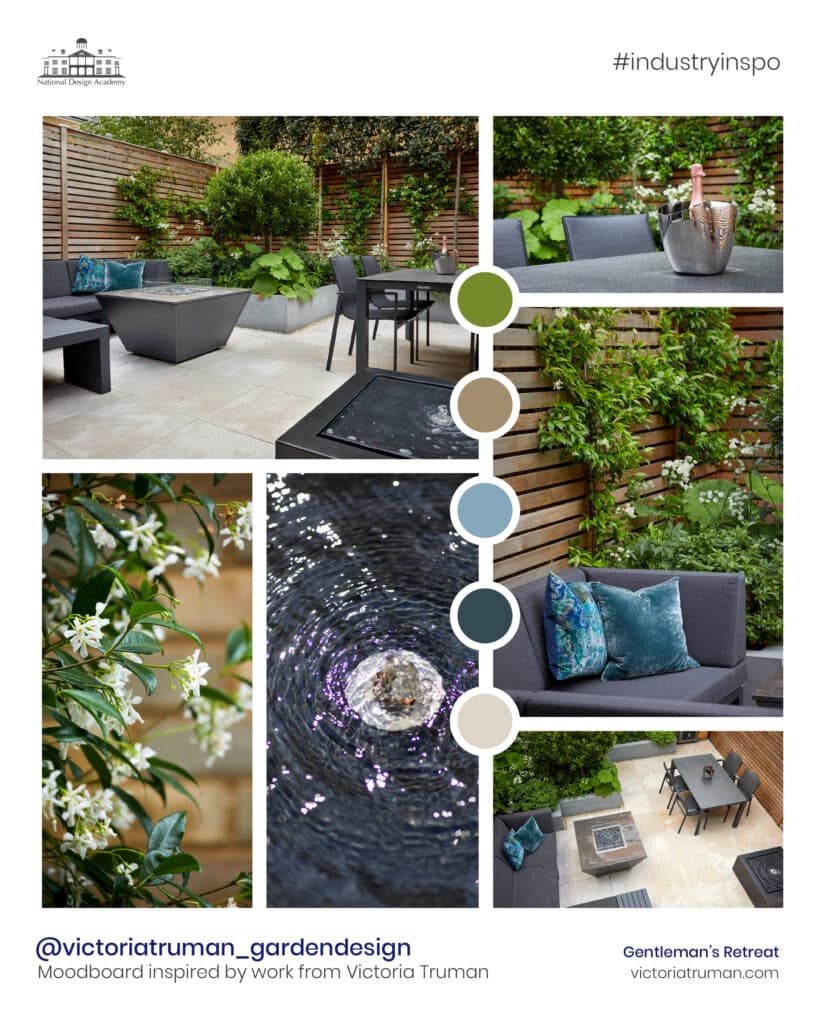There are so many things to consider when you start planning a garden. Our DESIGN 101 will break down the basics to help you to create your dream garden in small bite-sized steps.
Our first instalment takes you through the basics of planning a garden border. Whether you’re looking to design your garden from scratch or are looking to reinvigorate your existing garden borders, this guide will help you to decide on the style of border, help you to choose plants and then create a basic planting plan.
This week we’re looking at different garden border styles.
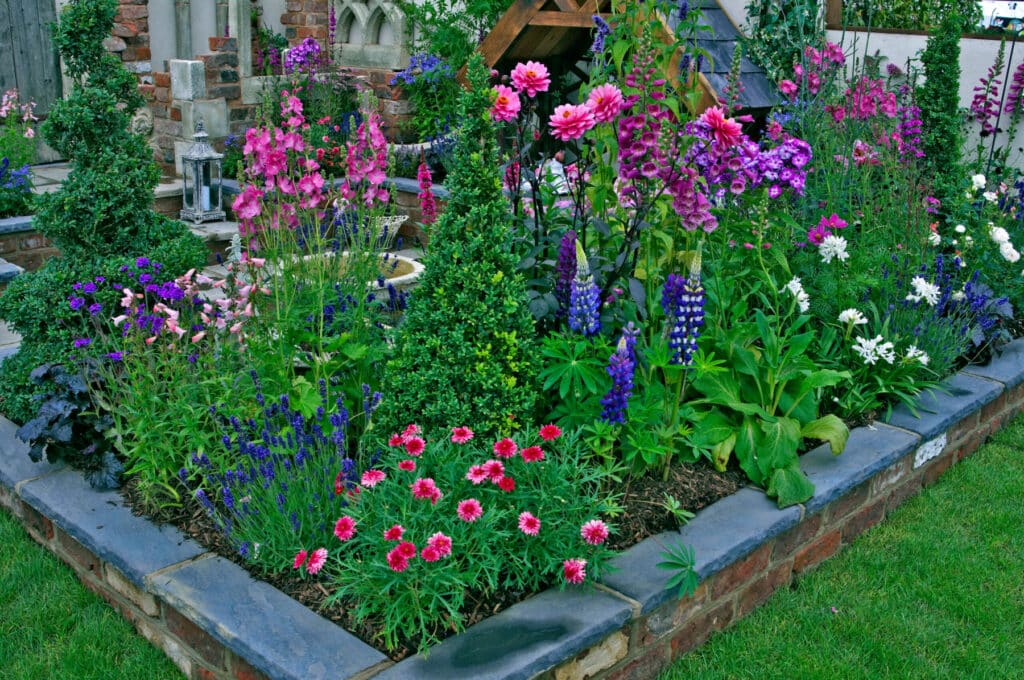
Choosing Your Style of Garden Border
Your chosen border style will often depend on two factors – personal style and practicalities of the space. It may be that you aren’t much of a gardening fan and would like to add a little low maintenance modernity to your garden. Or perhaps you’re a traditionalist who dreams of the chocolate box cottage-style garden. Most of us will instinctively know our personal style and preference but here are some options for garden border styles.
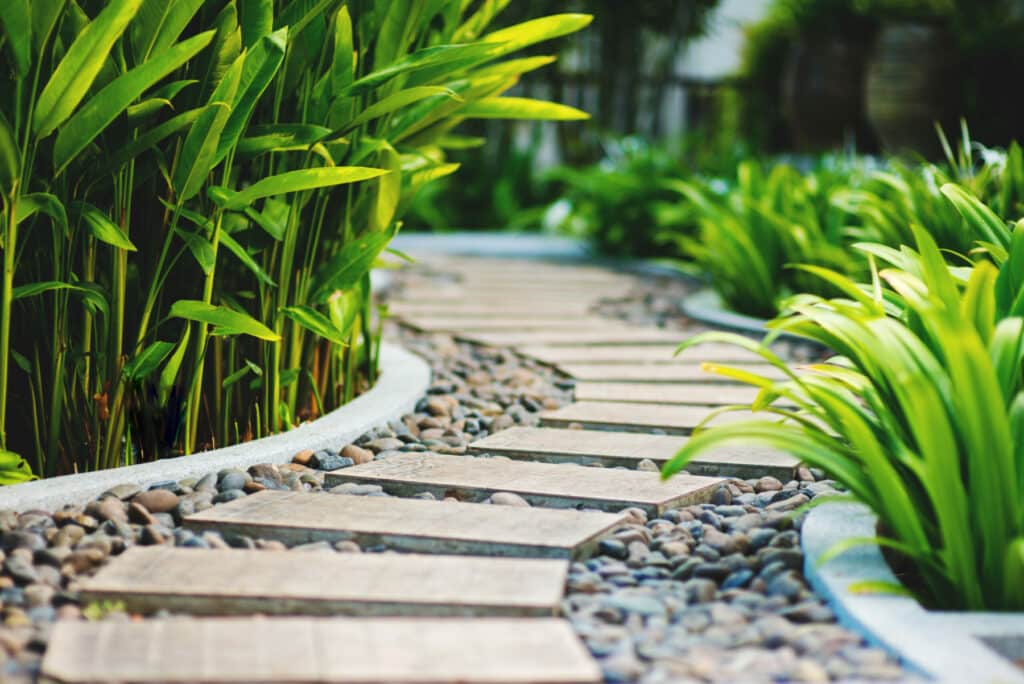
Low Maintenance Garden Border
If you choose your plants and aggregates carefully you can have a weed-free and attractive garden border which requires very little maintenance. From a rockery filled with alpines to gravel and grasses, you’ll need to do some leg work up front to ensure your border stays low maintenance. Membranes work wonders at keeping borders weed-free but it’ll need to be at least 50mm down to give you the best protection. This great guide from Gravel Master has some tips.
If you’re worried that your border may look a little too industrial, think about incorporating a few evergreen shrubs or easy-care plants like Lavender, Allium and Hebe or a dramatic Yucca or Agave for a more tropical feel.
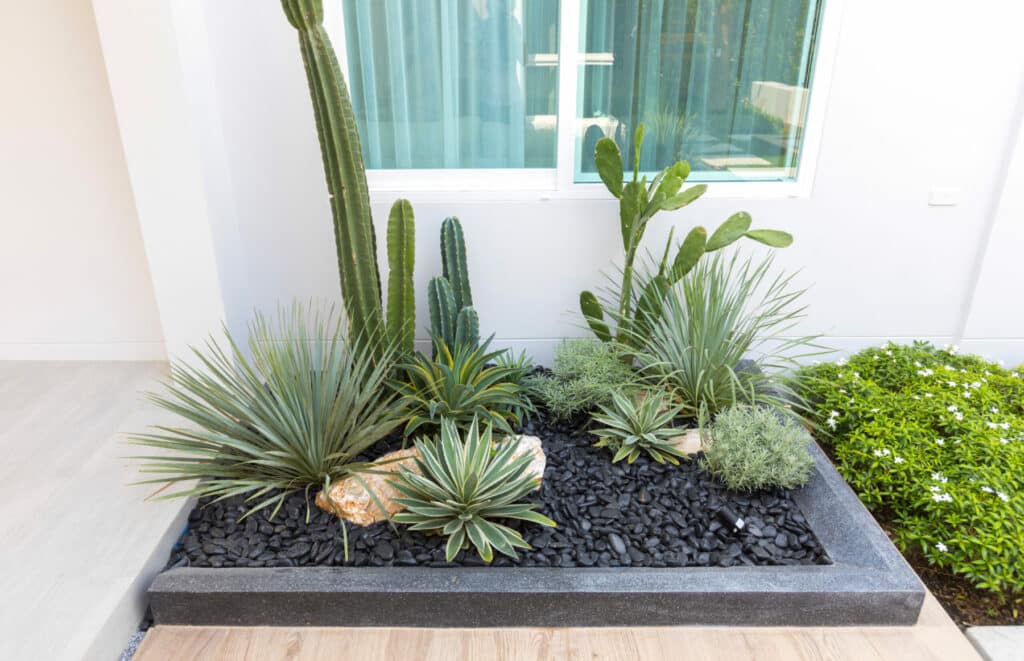
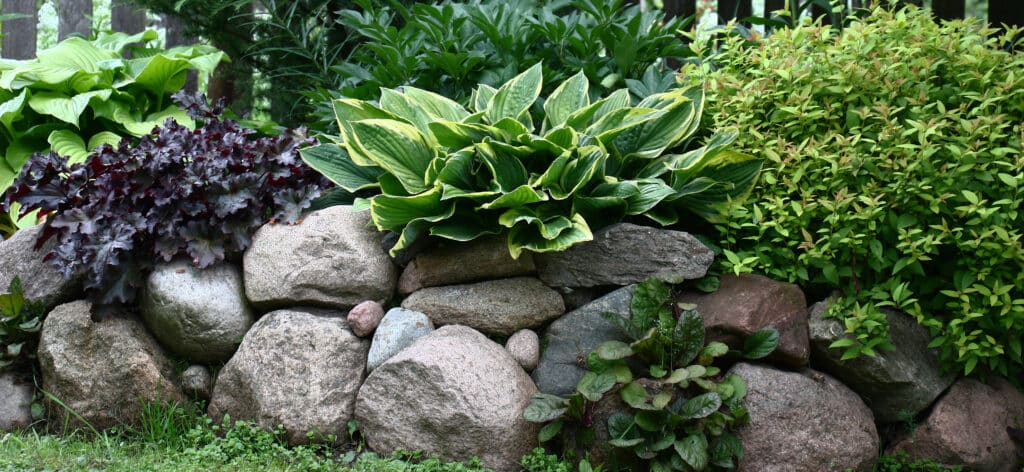
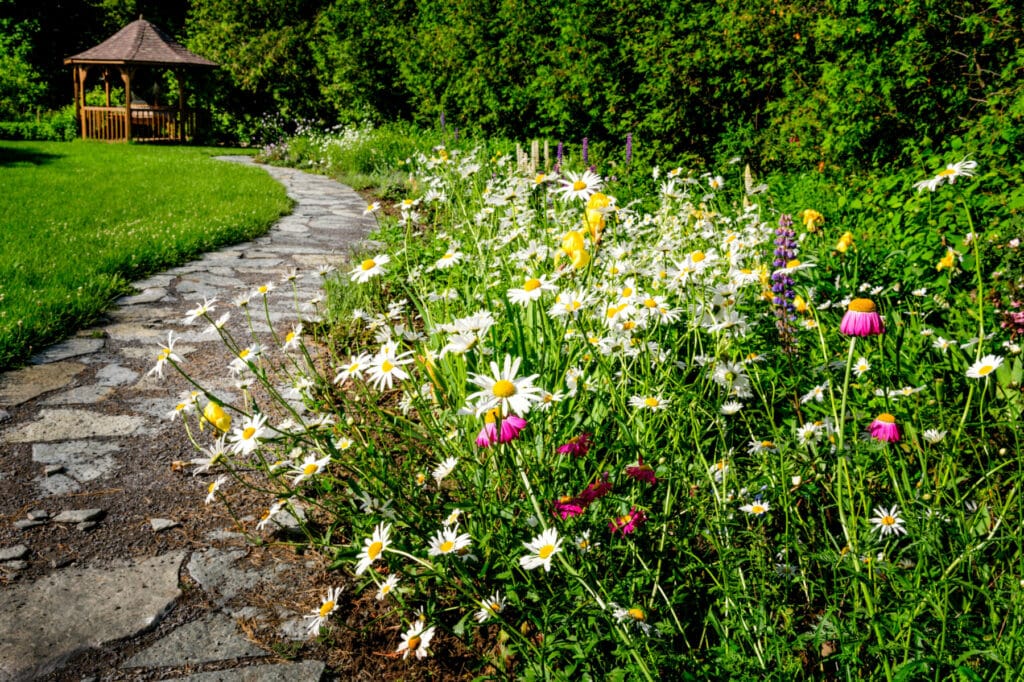
The Wild & Natural Garden Border
This is the perfect border style to go with the no-mow culture and the mix of grasses and wildflowers will attract a host of insects throughout the season. Creating a natural garden border can be as simple as scattering wildflower seeds in spring and waiting for the results. The wildflower border is also a great one for getting children involved in the garden. There’s no planting plant to stick to, no weeding to do and your garden will be filled with interesting little visitors all through the summer.
Wildflowers thrive on poor soils so don’t worry if your garden isn’t full of premium top-soil. You can also sow seeds in compost and create your own plug plants to transplant later or even buy wildflower turf which has been impregnated with wildflower seeds. But for best results, just let go and see what happens! Don’t even think about mowing or cutting your wildflower border until all the flowers have died off and dried. Then all you need to do is shake them so they reset for next year. Easy!
Seed and plant supplier Suttons has a great how-to for creating seed bombs with kids.
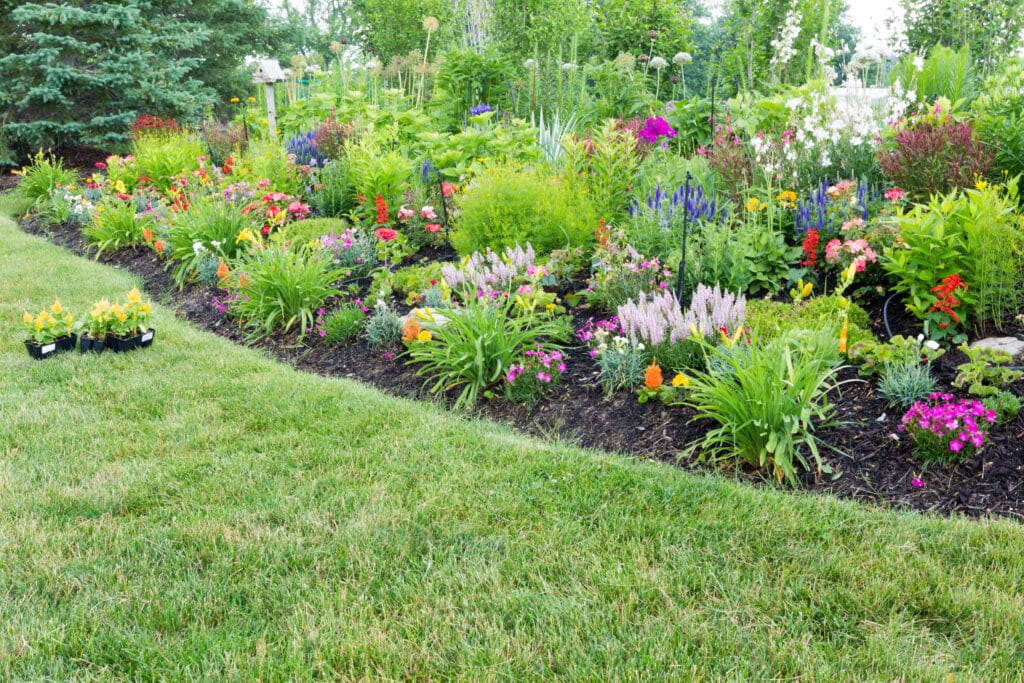
The Herbaceous Border
The herbaceous border (or perennial border in the US) is perhaps the highest maintenance of all garden borders. This is the traditional mix of perennials grouped closely together for that dramatic picture-perfect border commonly found in grand country mansions. A herbaceous border can look highly organised or a little wild and should evolve over a number of years as plants develop and become established.
The traditional herbaceous border would usually require pruning, weeding, fertilising, and mulching in spring plus constant maintenance and deadheading throughout the growing season. Autumn is the time you’ll do most of the preparation for the following growing season. You’ll be able to dig up and separate overgrown plants and either move to a greenhouse or protect any plants which aren’t hardy with fleece or straw ready for winter.
The trend for no-dig gardening also suits the herbaceous border style. Simply lay cardboard on your lawn or other designated area and top with well-rotted compost but remember it needs to be deep enough to bury your biggest plant. To create a contained area, use stones, reclaimed bricks or wood to create a natural edge.
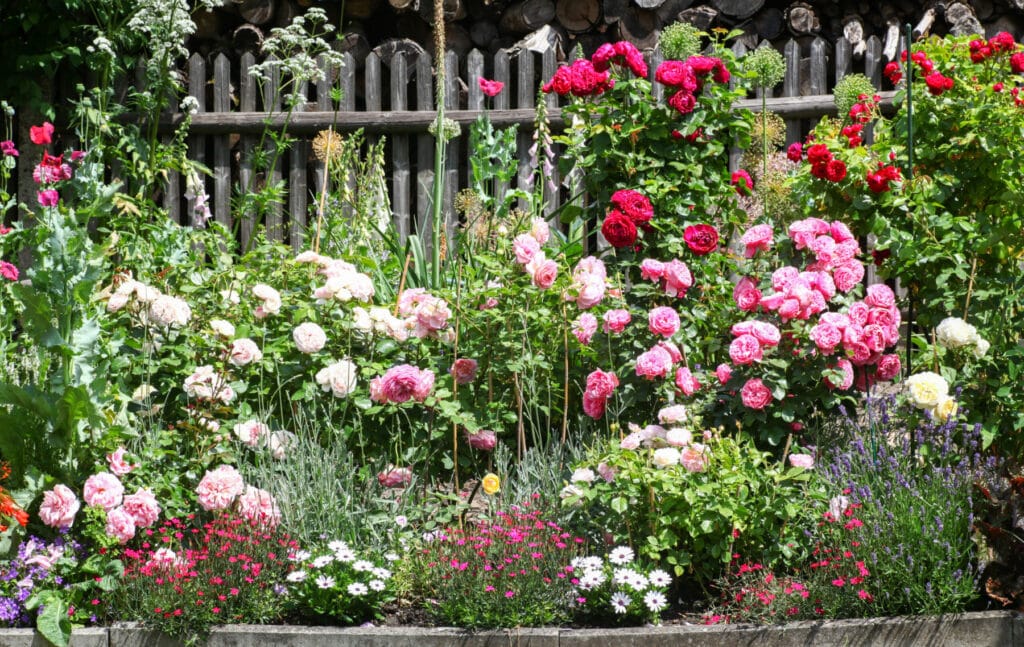
The Cottage Garden Border
The Cottage Garden border is similar to the herbaceous border but perhaps more decorative and seasonal. Mix perennials with annuals and add traditional specimens like Hollyhocks, Digitalis and Lupins for height. Aquilegias are another cottage garden favourite and like the others mentioned, they are great at self-setting and come back each year in between Spring and Summer.
Climbing and rambling roses and the delicate and dramatic peonies are essential in a cottage garden but here are some other traditional Cottage Garden plants to look out for:
Dianthus – also known as Pinks. Low and compact, these short-lived blooms are best grown at the front of your garden border. Dead-head regularly.
Phlox – A favourite with bees and butterflies, Phlox are mid-sized plants and have a sweet smell. Great for filling in mid-height.
Delphiniums – another tall cottage border staple, these will need staking to prevent them drooping and snapping but come in a range of stunning pastels.
Honeysuckle – Either train along a wall or pergola or leave to ramble through other plants and shrubs if you prefer a wild cottage garden look.
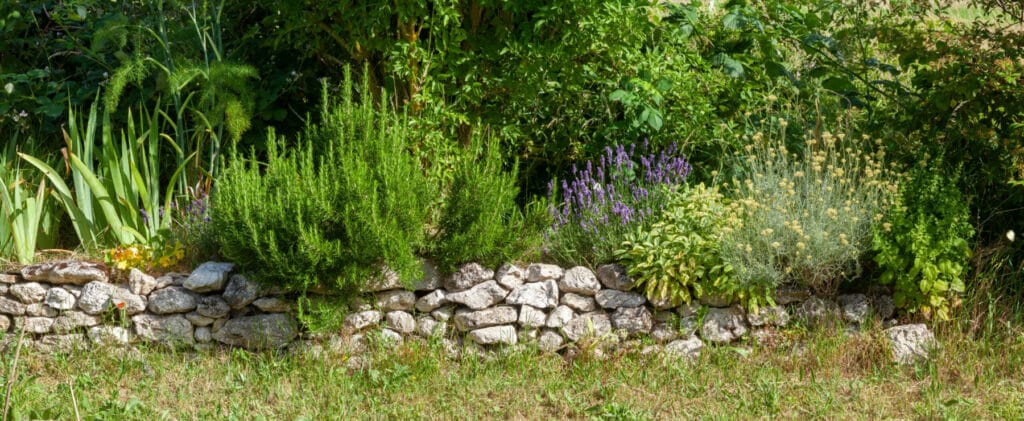
The Sensory Garden Border
Exactly as it sounds, this style of border is there to appeal to all of your senses. Visually appealing, your choice of plants will also be chosen to awake your sense of smell and even taste. A great opportunity to include edible herbs and vegetables in an ornamental border without having to have room for a full vegetable patch.
Sensory borders are great for children or people with anxiety, learning difficulties or disabilities as they provide tactile and calming stimulation for the senses. Consider your planting height. If you are creating a sensory border for special needs, you’ll want the plants to be raised so that people can enjoy them without bending or kneeling. Also consider wind chimes or a water feature to add auditory stimulation.
You should choose plants which look, smell and even taste nice as well as those with interesting foliage and flowers. Here are our top plants for a sensory border:
- Rosemary smells and tastes great. If you rub it between your fingers it releases an oil. It also has pretty purple flowers in late summer. It’s also an evergreen and edible.
- The smell of Lavender is known for its calming properties but beware as it also attracts bees so warn young visitors.
- Bay – Bay can be grown as a bush, tree or cut to a standard and grown in a pot. This lovely woody plant has a lovely deep scent and will add some green in winter.
- Jasmine has a lovely scent and incredible easy to grow. Train it up walls or grown in post.
- Curry plant (Helichrysum italicum) has one of the strongest smells in the garden. It’s also an evergreen which goes though a transformation from silvery-grey leaves to clusters of yellow flowers in summer.
- Lamb’s ears are so soft that they used to be used as bandages in medieval times. They also have astringent properties but are mostly known for their tactile, fuzzy foliage.
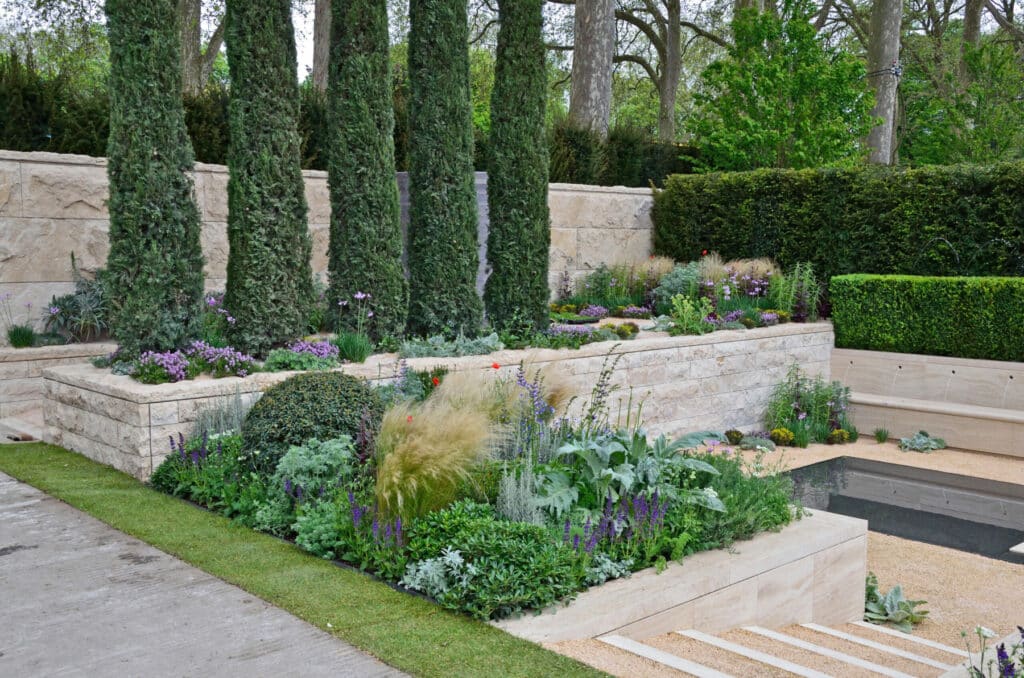
Raised Garden Borders
Raised borders are a great option for a more accessible garden. It makes planting and maintaining your border much easier – great if you are creating a garden for a disabled client who still wants to be able to take an active part in gardening. It also raises plants to a better level to be able to see, feel and smell them. When combined with some of the plants in the sensory border section you could find your senses overwhelmed in a strong breeze so you may want to mix more subtle varieties.
Raised borders are great in smaller spaces and the mean that you can elevate colour and texture where you wouldn’t usually expect to see it. This great scheme from garden designer Victoria Truman used raised borders and an ultra-simple green and white colour scheme to create a sophisticated Gentleman’s Retreat. It features an evergreen jasmine for subtle smells and interest at eye level as you walk into the enclosed courtyard.
